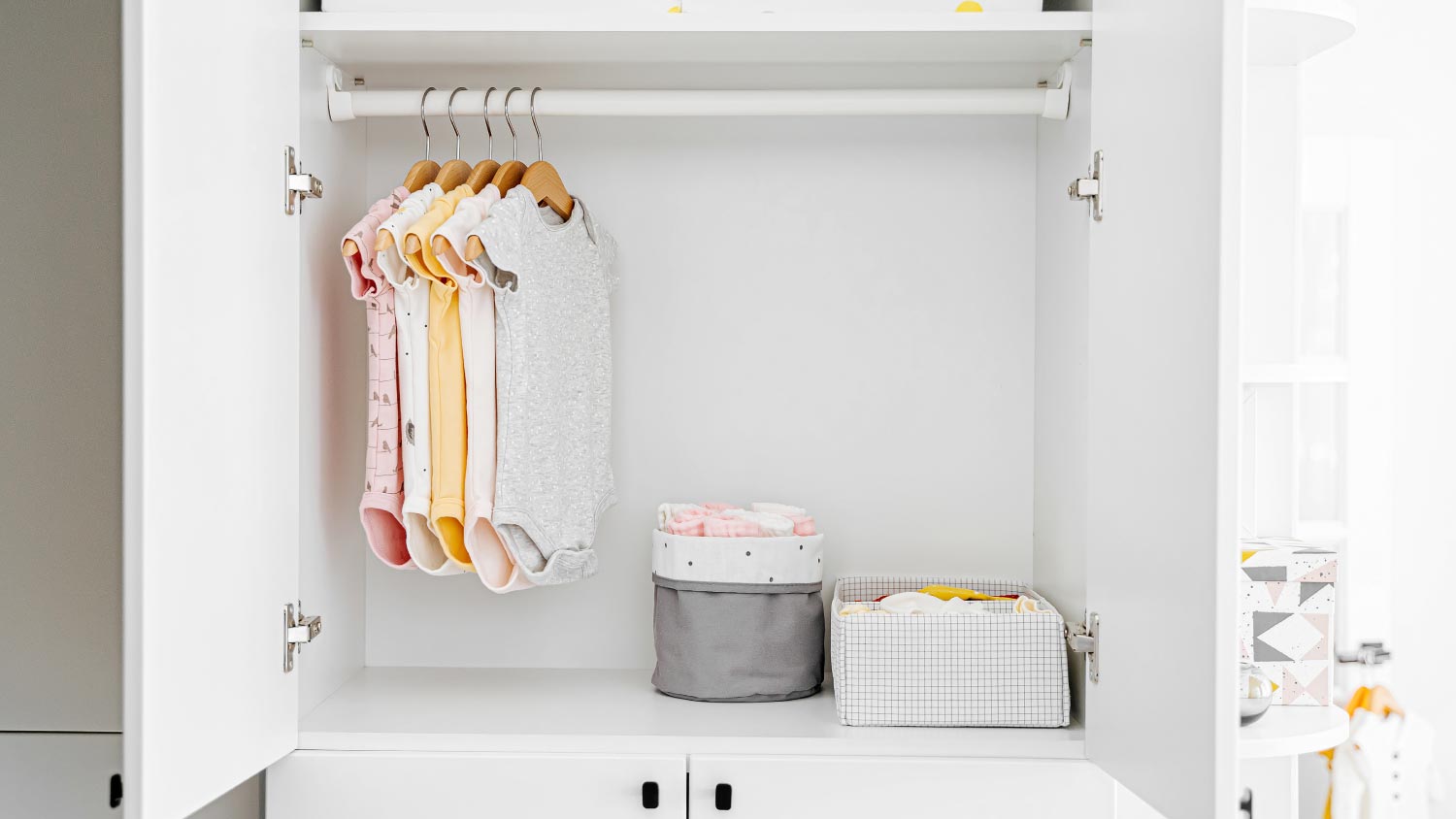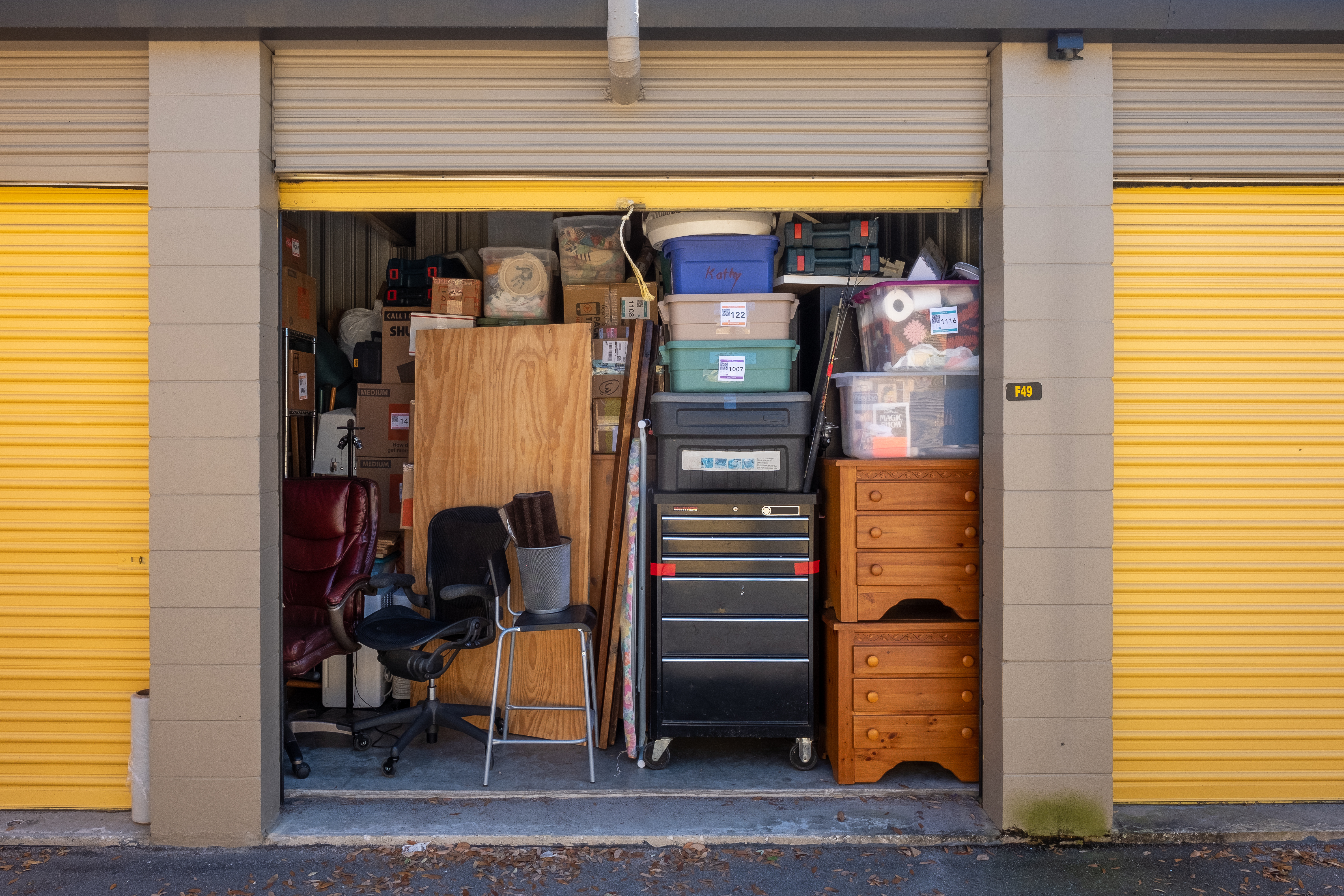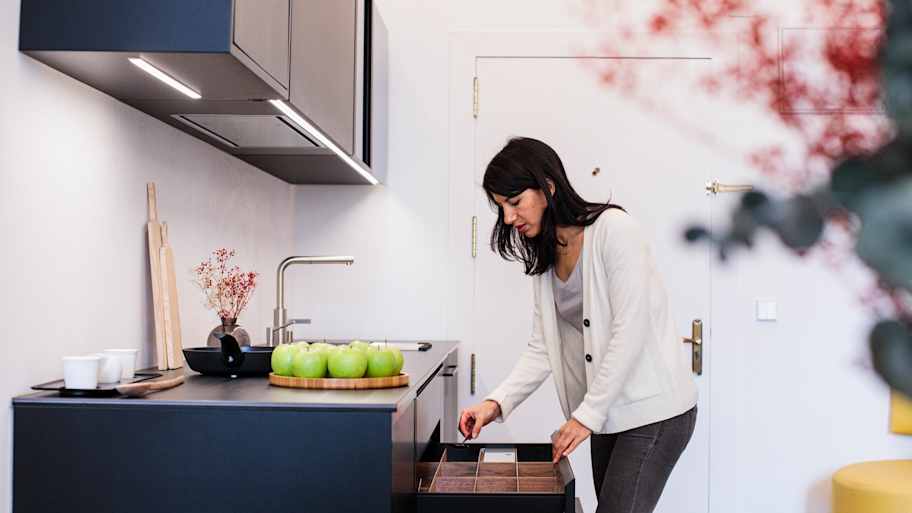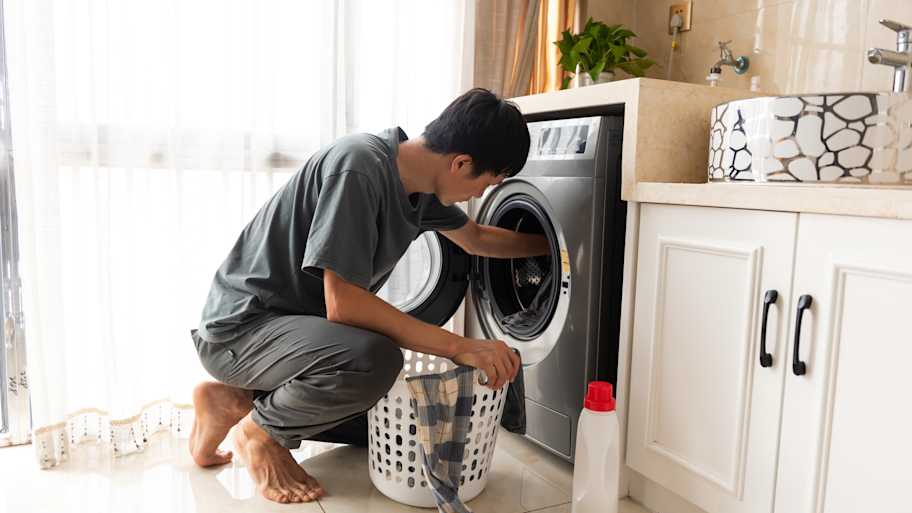
Discover the average professional organizer cost, what influences pricing, and how to budget for your next home organization project.
Maximize your nursery closet with clever organization solutions


Babies grow quickly. In the process, they also generate lots of stuff. A well-organized nursery closet will put everything you need at your fingertips and will help keep baby clutter at bay. Below are nine tips for organizing your baby closet and maximizing space.
Your baby’s needs are going to constantly change, meaning your closet needs to be able to change too. The best way to manage all of the stuff that accompanies these transformations is to use a scalable storage system, like an adjustable closet system.
If you have a small nursery closet, these can be a complete lifesaver. That’s because they’re flexible enough to last many years as your baby continues to grow and the size of their clothes increase alongside them.
Some are easy to install, but you may prefer to hire a professional closet designer and builder to reduce any added stress.
Organize your small space by installing vertical storage solutions. A long shelf that runs along the entire length of the top of the closet will be particularly useful for things like extra baby clothes, diaper cloths, and more.
If you’re choosing to hang your baby’s clothes, stack multiple clothing rods within your space. This will help you increase your closet space while still having a clear view of all those cute baby clothes.
If your closet is too small to hang clothes, fold them instead. In this case, use a tall storage system, like a cube organizer, to get as much bang for your square footage as possible. You can also use an adult hanging shoe rack to easily store pants, blankets, and more.
When hanging baby clothes, use closet dividers to sort by size. In many cases, you’ll find that your baby is actually between sizes in certain brands, so having more than one size in your closet will help you make sure they wear all their clothes before outgrowing them.
A tip from veteran parents: Certain brands use single sizing. For example, clothing would be labeled as simply a 3 instead of 0 to 3 or 3 to 6.
When clothing has one single number, it means the higher end of the range. So for a 3, that would actually be a 0 to 3 in other brands. When organizing these sizes, make sure to put them with the right closet dividers.

Closets aren’t just for baby clothes. When trying to organize additional items like blankets, sheets, and swaddles, consider what you use most. Put the items you know you’ll use daily in the most accessible areas in the closet, so in the middle of the night or when you have a baby on your hip, you can easily get what you need.
For things that aren’t needed regularly, like extra diapers or toddler toys, place them on higher shelves. Then, once your baby gets older, rethink what your daily items are and reorganize based on needs. Having toddlers’ clothing in an accessible area of the closet can help teach them valuable skills and make your life as a parent easier in the mornings.
“A lot of nursery clutter comes from clothes and toys that your kid outgrows,” says Rachel Zepernick, Angi home interior expert. To ensure you have the right clothes accessible at the right time, purchase a few large plastic containers with lids (56 to 65 quarts work well). You can also re-use baskets from baby shower gifts.
These containers can be used in a few different ways, depending on how much space you have in your baby closet.
Seasonal: If you live in a seasonal climate like Chicago or New York, you will also have to manage baby wardrobes that change according to the weather. Keep a few seasonal items readily available in your baby’s current size for those unusually warm or cold days.
Outgrown: You’ll be shocked by how fast your baby outgrows clothing. Keep a small box for clothes they no longer fit in. When it’s full, move these items to a larger bucket in your garage or other storage space.
Donate: Save the outgrown designation for any items you want to keep, either for a future child or for hand-me-downs. Use the donate box for baby clothes you receive as a gift that you don’t want to keep or other styles that no longer fit your needs.
Keepsake: When you’re going through your too-small section of baby clothes and find something so special to you and your baby that you just want to cry about it, put it in the keepsake box, like your going-home outfit or cute shoes.
Having a dedicated place for all of your baby’s things is one of the best ways to ensure that clutter stays tucked away.
“Get ahead of future mess by creating a great organizational system now,” advises Zepernick. It is easy to get overwhelmed with the sheer amount of stuff a baby requires. Having a nursery organization system in place can help create a habit to avoid clutter.
You will undoubtedly find yourself with a collection of baby clothes in a wide range of sizes. Store bigger sizes on the highest closet shelf, out of sight but still reachable. When your baby grows out of their newborn clothes, put them in the “outgrown” or “donate” bin and fill your shelves and rods with clothes from your 0 to 3 months container. Repeat the process regularly as sizes change.
An organized baby closet isn’t just about rods and shelves. Create extra storage in your small space by reclaiming hidden storage areas both in the closet and throughout the nursery.
Use hooks along the walls inside your baby’s closet, hanging organizers on the back of your closet doors and bins under the crib to help keep clutter in check.
For example: Baby shoes are notorious for being difficult to store in a visible way. Using wire baskets on the wall of your closet can give you a cute yet effective shoe storage solution without taking up shelf space.
Make sure to label the bins, shelves, and containers with what goes where. This extra step will help all of your baby’s caregivers maintain the order you’ve worked so hard to create.
You can extend the lifetime of your containers by double labeling them. For example, label one side of a container as “newborn” and the other side as “6 to 9 months.” This way, when you take the newborn clothes out of your closet once they’ve outgrown them, you can simply turn the container around and not have to re-label it.
It may sound weird, but the cuter your storage solutions are in your nursery closet, the more likely you’ll be to keep it organized. You can also display some of your favorite keepsakes in the closet to make it even more inviting.
Consider purchasing matching hangers (velvet is a favorite for baby clothes as they have a slimmer profile), charming closet dividers, nicer bins, and adorable baby closet organizers that keep your baby’s closet clutter-free and stylish at the same time.
From average costs to expert advice, get all the answers you need to get your job done.

Discover the average professional organizer cost, what influences pricing, and how to budget for your next home organization project.

Declutter and maximize your space with these eight smart storage tips for messy closets, cupboards, and drawers around your home.

Maximize space and save money with these expert storage unit tips. Smart packing strategies and organization hacks included.

These kitchen drawer organization tips will reduce time spent rifling through the kitchen looking for what you need. Learn how to organize your kitchen.

Maximize space and reduce clutter with these smart laundry room organization tips that boost function and even your home’s resale appeal.

Discover small closet organization tips to maximize space, reduce clutter, and create a stylish, functional storage area that suits your needs.